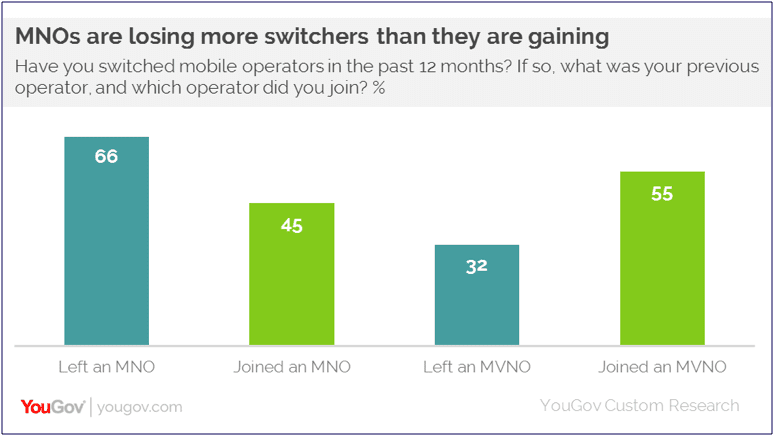The Reluctant Revolution
Why MNOs are dragging their feet on eSIM - and why they need to make the leap

 By Carsten Fischer, Sales and Business Development Manager at Truphone
By Carsten Fischer, Sales and Business Development Manager at Truphone
For over thirty years, cellular connectivity and SIM cards have been inseparable. If you wanted your smartphone or mobile device to connect to a network, you had to a use a physical plastic SIM card.
But with the advent of eSIM in 2018, that all changed and the tiny embedded chips became the next great leap in connectivity for the world’s connected devices, allowing Mobile Network Operators (MNOs) to link phones to accounts remotely and get users up and running in seconds.
Now, according to analysts Juniper Research, the number of eSIM-connected devices is set to rocket from the current figure of 1.2 billion, to 3.4 billion by 2025. Almost all of the world’s leading device manufacturers such as Apple, Samsung and Google have embedded eSIM capability into their flagship phones, and their visible support has only helped to fuel the further growth of eSIM amongst network providers and end users alike.
But as with all transformative new technologies, there is resistance to change and despite the clear benefits of eSIM, some MNOs have been slow to adopt it.
Despite the fact that eSIMs make it easier for Mobile Network Operators to provision eSIM profiles at the touch of a button and manage connections over the air, some MNOs have been held back by concerns about the dangers that eSIM poses to their traditional business model and have been hampered by fears rather than focused on the opportunities.
Primary among these concerns is the fact that eSIM enables consumers to easily switch carriers with a few taps of the screen, raising fears that customers may constantly hop between providers every time they see offers of faster speeds or cheaper prices. It seems as though the writing is on the wall for the two-year contract and locked devices, and the prospect of uncontrolled “churn” is a worrying one.
But the key to allaying this fear lies in understanding that the reverse is equally true, and that users are just as likely to switch to their network if eSIM makes it easy and painless for them to do so. The less friction consumers encounter, the more likely they are to join, and conversely, consumers will be less inclined to switch to providers that only offer the inconvenience of traditional, physical SIM processes. By failing to adopt eSIM, hesitant providers could be left behind, effectively discouraging potential new users from joining and thus shooting themselves in the foot.
 Indeed, new research reveals that relatively new players to the mobile market are attracting new customers away from bigger, more established rivals such as Vodafone, EE, O2, and Three. YouGov’s ‘Understanding the mobile operator switching market’ report indicates that around one in eight (12%) of those with a mobile phone switched network provider in the past 12 months - the equivalent of 5.6million adults.
Indeed, new research reveals that relatively new players to the mobile market are attracting new customers away from bigger, more established rivals such as Vodafone, EE, O2, and Three. YouGov’s ‘Understanding the mobile operator switching market’ report indicates that around one in eight (12%) of those with a mobile phone switched network provider in the past 12 months - the equivalent of 5.6million adults.
That means that even though the eSIM revolution has yet to hit its full stride, slow or wavering operators are already losing customers that are eager to switch. But eSIM equally gives MNOs the opportunity to think outside the box and implement innovative new customer retention strategies, offering new and exciting plans that offer true flexibility to encourage authentic customer loyalty instead of shackling them to a contract. Operators could even move a subscription-based model, kicking off with a freemium service to entice new customers and then easily up-selling to add more devices.
 Finally, and perhaps most compellingly, eSIM development will save operators serious money. By eliminating the expense of having to purchase, package and ship millions of plastic SIM cards around the world to consumers, MNOS would be able to their overheads by tens of millions of pounds – a saving that’s definitely not to be sneezed at.
Finally, and perhaps most compellingly, eSIM development will save operators serious money. By eliminating the expense of having to purchase, package and ship millions of plastic SIM cards around the world to consumers, MNOS would be able to their overheads by tens of millions of pounds – a saving that’s definitely not to be sneezed at.
Ultimately, eSIM is here and the market is set to keep growing, regardless of whether reluctant operators are on board or not. The savvy ones will make sure they exploit every opportunity that the eSIM revolution has to offer, while the stubborn ones are left behind.

